Genetics: Achilles heel of Russia’s pig farming sector
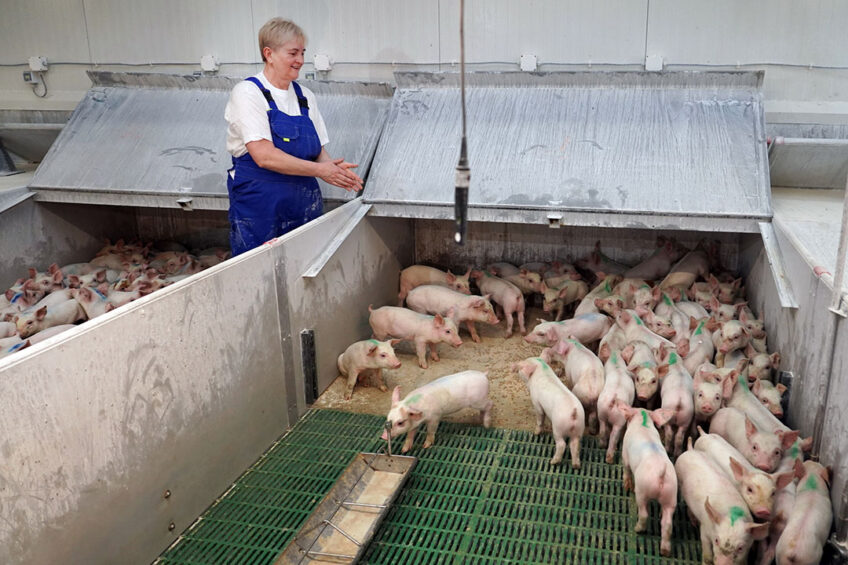
Russia has complete self-sufficiency in pork, but the country has been primarily relying on imported genetics. Fortunately for the farmers, this segment has not been hit by Western sanctions, nor by the mass exodus of foreign businesses.
Russia must establish scientific centres in order to help meat producers get rid of import dependence on breeding material,” says Vadim Khlestkin, Director of the All-Russian Research Institute of Genetics and Farm Animal Breeding.
Speaking at a press conference in March, a few weeks into the Russian invasion of Ukraine, which triggered a wave of sanctions and prompted nearly 500 Western companies to pull out of Russia, Khlestkin voiced fears over the future of the Russian pig industry, if genetics suddenly becomes a target for import restrictions. “Nearly 80% of breeding material in the Russian pig industry is imported,” he said.
“When these supplies are put on halt, how long will our resources last before the meat [industry‘s] stability is restored?” Khlestkin asked, expressing confidence that the country would have some time to find a solution. “This question emerges at every breaking point. So, let’s establish our breeding centres and parent herds. ”
Corporations cut ties with Russia
Since the beginning of the Ukraine crisis, the Russian economy remained in a state of huge turbulence, as numerous foreign companies from McDonalds to Ikea cut ties with Russia. This trend has also been seen in agriculture. For example, the Danish agribusiness cooperative DLG announced a decision to stop all its commercial activities, including its production of vitamins and minerals in Russia. Coupled with major logistics disruptions, this caused a situation in the Russian feed market Sergey Mikhnyuk, executive director of the National Feed Union described as “a perfect storm.” The prices for feed vitamins, amino acids, and soybean meal have soared. Concerns are being raised over supplies of pre-starter feed. However, things are seemingly far better in terms of genetics.
Russian-born piglets with foreign predecessors
“Almost all international companies operating in Russia have localised the production of pure-breed lines in the country,” says Yuri Kovalev, chairman of the Russian Union of Pork Producers. “Import only takes place when new breeding centres are built and these quantities, are in fact, not critical for the pig industry,” says Kovalev.
As estimated by the Russian Union of Pork Producers, in 2010 Russia imported 700,000 heads of pure-breed pigs. This figure has been shrinking ever since. Over the past decade, all 3 main pure breeds: Yorkshire or Large White, Landrace, and Duroc were localised in the country. In contrast, the country’s demand for GGP boars is estimated at 9,500 heads per year, GP stock at 1,500 heads per year, and parent stock at 6,500 heads per year, according to Topigs Norsvin.
There are more than a dozen breeding centres in Russia, but dependence on the genetics of the world’s leading players Dan AvI (Denmark), Genesus (Canada), PIC (UK), Hypor (Holland), and Nucleus (France) remains unquestionable. Topigs Norsvin declined to provide any comments on their Russian business. The PIC press office said that the company continues to operate in Russia.
“No companies have suspended operations in Russia,” says Kovalev. “Investors from France, Norway, and the Philippines keep working in the country, also getting state aid, like soft
loans,” he adds.
Moreover, Otrada Group, founded by French investor Patrick Hoffmann in 2006, has recently laid out plans to further invest in Russian operations. The company plans to build a gene transfer centre aiming to double the current production capacity. Otrada Group currently runs a breeding centre designed for 6,000 sows near Lipetsk. As stated by Hoffmann, all shareholders and partners of Otrada Group want to continue working in Russia.
Reality of the mass exodus
However, some companies did leave the Russian pork market. Since March, Danish pig breeder DanBred announced the termination of all activities with its subsidiary in Russia.
The company said this would affect a number of customers in Russia, in Russia, so it was pretty serious. Danish Pig Genetics also revealed plans to pull out of Russia. As the Ukraine crisis is ongoing, there are chances that more and more companies will follow their lead.
A source in the Russian pig industry comments, “if foreign genetic companies suddenly decide to pull out from Russia, this will impair the industry development, and could undermine effectiveness, but only in the long run.”
This would neither cause a collapse in the industry nor impact the production growth in the country in the next 2-3 years,” the source says, adding that there is no chance Russian scientists could replace imports in this segment, since this task requires enormous R&D investments and nobody is really willing to allocate, especially under the current volatile conditions.
There is also no indication that all these companies would really exit the Russian market, the source says, admitting that it is hard to make any predictions.
New Russian breeds
Over the past few decades, several Russian state scientific institutions have been working on developing Russian breeds to cut out the dependency on imported genetics. This work reportedly may bear some fruits in the poultry farming sector, where Russian scientists rolled out crossbreed Smena 9. In the next 3-4 years, it will account for 15% of the Russian broiler population. In the pig industry, the most promising option is the Chistogorskaya breed, developed by a group of scientists from the Kemerovo Agricultural Institute.
As explained by Anna Pavlova, Chistogorskaya was compara-ble with foreign breeds in terms of performance but was bet-ter adapted to the Russian climate conditions, especially those in Siberia, and feed rations.
Chistogorskaya was the first Russian pig breed registered by the Russian Agricultural Ministry in more than 15 years. However, in the past few years, there have been no reports about its commercial use.
 Beheer
Beheer

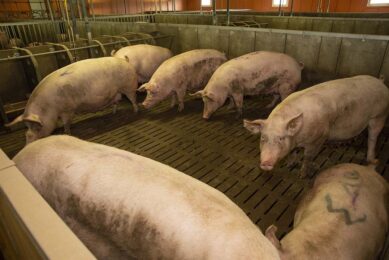
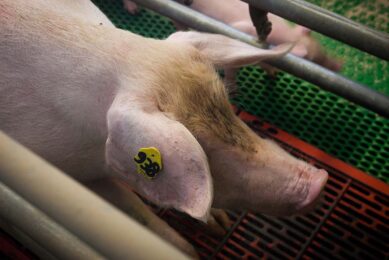
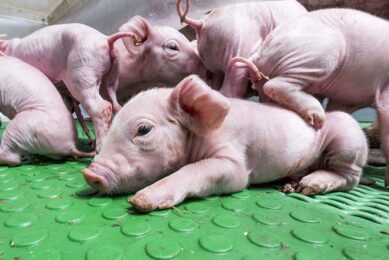
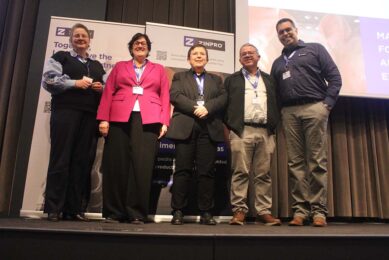
 WP Admin
WP Admin  Bewerk bericht
Bewerk bericht